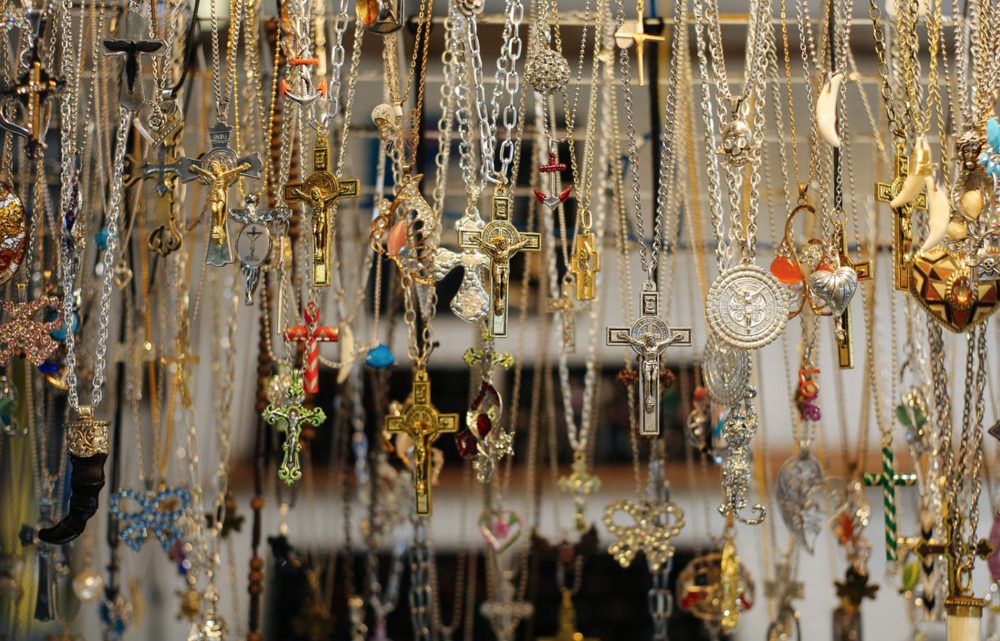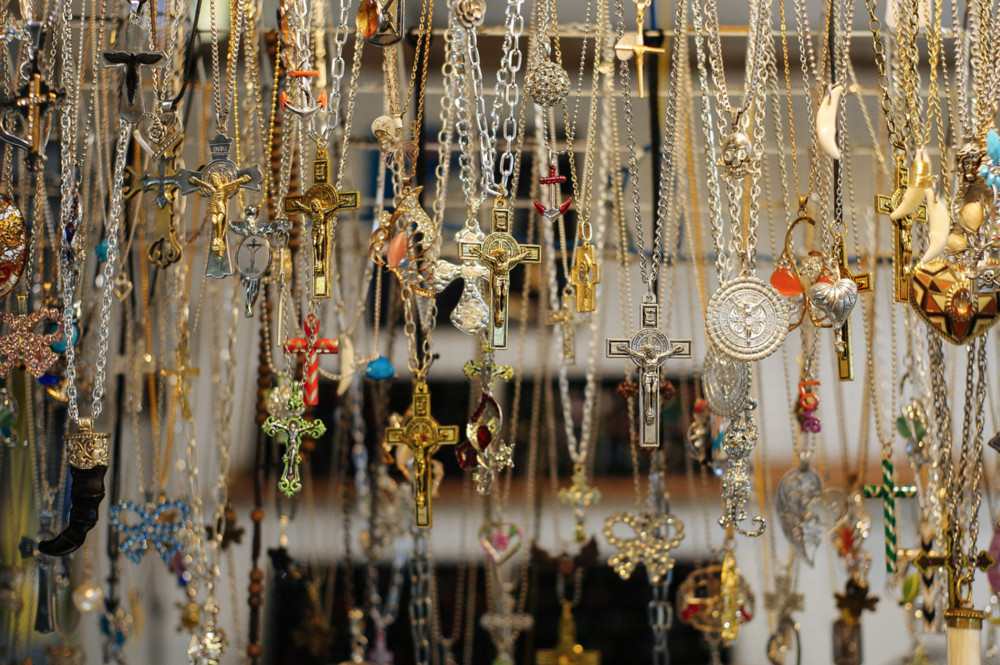
Creating Spaces for Latinx Art Is a Matter of Healing and Survival
October 5, 2018Three weeks ago, Merriam-Webster added the word ”Latinx” to the dictionary. This gesture is reflective of the growing acknowledgement of the larger discourse surrounding Latinx identity. Historically, cultural institutions have had difficulty categorizing what Latinx is since it is not traditionally based on a time period or geography. However, many leading art museums in New York are now making a conscious effort to expand their collections into Latinx art and dig into the complexity of what it means to be Latinx. Most recent examples can be seen through Brooklyn Museum’s exhibition 'Radical Women: Latin American Art, 1960-1985' to the Whitney Museum hosting its “first group show to exclusively feature Latinx emerging artists,” organized by Marcela Guerrero, its first curator to focus on Latinx art.
Although these are crucial strides in amplifying exposure for Latinx artists, platforms centering marginalized voices within the Latinx community are heavily needed. The talent and the demand is present, as seen at the New Latin Wave Arts Festival where close to 90 artists and over 1,500 attendees recently took over Brooklyn Bazaar.

In its third iteration, the festival is an endeavor to “amplify awareness about Latinx artists, and to show the community at large what is happening in the Latinx arts scene,” says founder/director Mauricio “Sokio” Diaz. Through a variety of programming, ranging from a zine fair, workshops, live art performances, and film screenings, they are “expanding everybody’s perspective about what it means to be a Latinx in the U.S.,” according to Diaz.
Ridgewood, NY, based artist Gonzalo Guerrero of Secret Riso Club studio and graphic designer for New Latin Wave, says the American art world has a history of segregation and lack of inclusivity, and there have been many fights to create spaces and platforms for marginalized groups.
“It’s not easy for Latinx artists to find spaces in which they can come together to show their work, or even more importantly, for sharing and reflecting on the complex political and cultural reality we’re living in,” he adds. The eternal rising costs of real estate, dense elitism of art galleries, and rampant closing of DIY venues add to the difficulty.
“It's crucial to create spaces for us by us, to break out of any socially constructed notions of our identities,” says arts manager Stephanie Orentas. The space to profoundly explore Latinx identity is vital to understanding the nuances of experiences. The assumption that there is one definition to Latinx kills the intersectionality of the identity. This further perpetuates the erasure of many communities, like the Afro-Latinx and Asian-Latinx communities. Beyond a monthly banner celebration, more than a political target, the Latinx identity deserves more than a reductive narrative with damaging stereotypes.
““It's time to dismantle the structures/definitions that have been forced-fed to us; all due to colonialism and the residual side effects,” adds artist and activist DJ Bembona. “We are privileged and blessed enough to use our art, platforms, voices, knowledge to redefine our identities as Latinx people and to push forward our Latinx communities in a way that has never been done before.”
From sharing Afro-Latinx history to archival Instagram accounts, social media has become a means to bring visibility to these erased stories. Digital hashtag communities can be an introduction to identity exploration but it does not equate to that visceral connection made in person in an art space. Hearing a poet read in “voseo,” and enunciate like a distant family member, or viewing a photographer’s portraits taken in la pulga where the scent of roasted corn wafts through the air, bring a deeper level of connection.

The exchange of ideas and power of representation is transformative for both the viewer and the creator. Physical spaces where marginalized voices are elevated and art is shared allow for collective healing. “This social climate is incredibly stressful, and the Latinx community has felt particularly attacked by 45 – having safe spaces to express yourself have taken on a new significance,” says photographer Melissa Saenz Gordon.
This is why Latinx artists are creating their own spaces with a sense of urgency and agency. In the digital space with 360° video installation, Tierra Narrative and Family Reunions Project have teamed up to create “Fractured Connections”. This immensely creative team merges virtual reality with innovative storytelling to reunite undocumented families with relatives abroad. Most recently awarded a fellowship from Open Society Foundations, “Fractured Connections” will bring the deeply personal experience of family separation and diasporic connections in pop-up installations to NYC.
And there are more projects that create spaces to delve into Latinx identity. Artist Joanna Toruño uses the streets of NYC as her canvas for the Unapologetically Brown Series, working to reclaim public spaces to raise the visibility of marginalized voices. Toruño tells Broadly, “The Unapologetically Brown Series is my ‘bat signal’ to POC everywhere, that we are here: ‘I see you. This space is yours.’ The work is meant to be a direct message to remind WOC that we are present.”
Related Post:
Even NYU is creating spaces with the development of The Latinx Project. Established in August 2018 by Professor Arlene Dávila, the project is committed to “fostering critical and comparative Latinx studies, research, and transnational, interdisciplinary networks linking scholarship, culture, art, and activism.” This includes sponsoring Latinx events, an art showcase, and a scholars program. Considering the school’s Latinx student population is 15%, the program is reflective of the growing importance of dedicating resources to support Latinx arts.
As generations of Latinx are experiencing diasporic and intergenerational trauma, art can be a remedy to process reconciliation. The inherent vulnerability of creating, of seeing each other in these oppressive times, is itself therapeutic. However, this visibility can only happen in the emotional spaces held for each other and ultimately, in the physical spaces committed to centering Latinx voices.
Sign up for our newsletter to get the best of VICE delivered to your inbox daily.
Follow Yeiry Guevara on Twitter.


